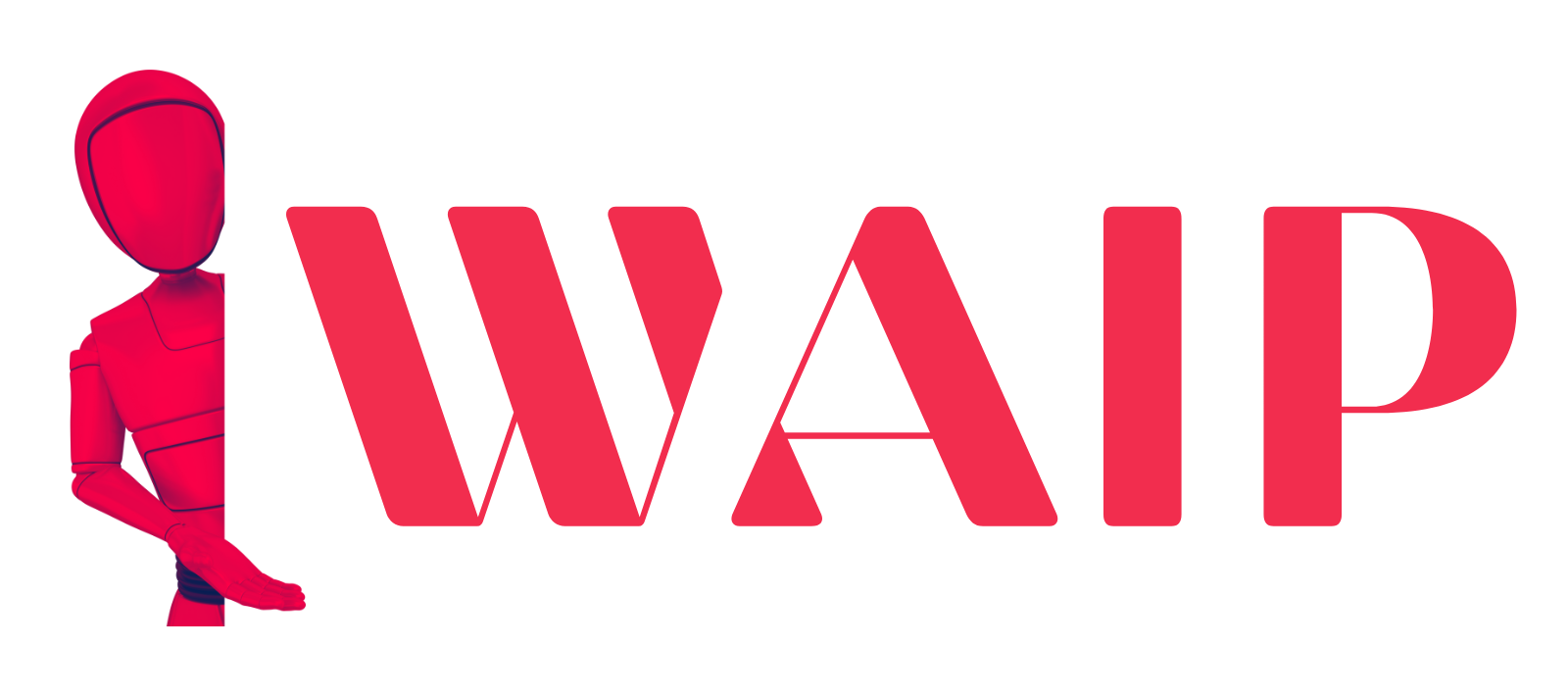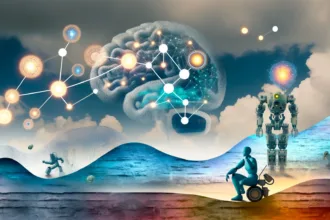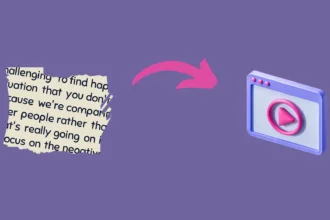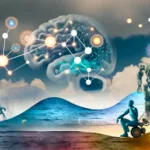Midjourney is a powerful AI art tool that can be used to create stunning images from your imagination. However, one of the challenges of using Midjourney is coming up with good prompts. This is where Midjourney keywords come in.
Midjourney keywords are words or phrases that can be used to give Midjourney more specific instructions about what you want to create. For example, if you want to create a digital painting of a forest, you might use the keywords “forest,” “digital painting,” and “realistic.”
What are Midjourney Keywords?
Midjourney keywords are words or phrases that can be used to give Midjourney more specific instructions about what you want to create. They can be used to control the style, the subject matter, and the mood of the image.
Best Midjourney Keywords for Digital Art
If you’re looking to create digital art with Midjourney, here are some of the best keywords to use:
- Style: You can use keywords like “realistic,” “abstract,” “surreal,” and “fantasy” to control the style of your image.
- Subject matter: You can use keywords like “landscape,” “portrait,” “animal,” and “object” to control the subject matter of your image.
- Mood: You can use keywords like “happy,” “sad,” “scary,” and “peaceful” to control the mood of your image.
Here are some examples of how you can use Midjourney keywords to create digital art:
- “Realistic landscape painting of a forest”: This keyword combination will tell Midjourney to create a realistic painting of a forest.
- “Abstract portrait of a woman with blue hair”: This keyword combination will tell Midjourney to create an abstract portrait of a woman with blue hair.
- “Surreal animal with wings”: This keyword combination will tell Midjourney to create a surreal animal with wings.
- “Fantasy cityscape”: This keyword combination will tell Midjourney to create a fantasy cityscape.
Best Midjourney Keywords for Lighting
If you want to control the lighting in your Midjourney images, you can use keywords like:
- “Bright”: This keyword will tell Midjourney to create an image with bright lighting.
- “Dark”: This keyword will tell Midjourney to create an image with dark lighting.
- “Moody”: This keyword will tell Midjourney to create an image with moody lighting.
- “Dramatic”: This keyword will tell Midjourney to create an image with dramatic lighting.
Here are some examples of how you can use Midjourney keywords to control the lighting in your images:
- “Bright and sunny landscape”: This keyword combination will tell Midjourney to create a bright and sunny landscape.
- “Dark and stormy seascape”: This keyword combination will tell Midjourney to create a dark and stormy seascape.
- “Moody cityscape at night”: This keyword combination will tell Midjourney to create a moody cityscape at night.
- “Dramatic portrait of a woman”: This keyword combination will tell Midjourney to create a dramatic portrait of a woman.
Best Midjourney Keywords for Subject and Story
If you want to control the subject matter and story of your Midjourney images, you can use keywords like:
- “Fantasy”: This keyword will tell Midjourney to create an image with a fantasy theme.
- “Sci-Fi”: This keyword will tell Midjourney to create an image with a science fiction theme.
- “Mythology”: This keyword will tell Midjourney to create an image with a mythological theme.
- “History”: This keyword will tell Midjourney to create an image with a historical theme.
Here are some examples of how you can use Midjourney keywords to control the subject matter and story of your images:
- “Fantasy landscape with a castle”: This keyword combination will tell Midjourney to create a fantasy landscape with a castle.
- “Sci-Fi cityscape with flying cars”: This keyword combination will tell Midjourney to create a sci-fi cityscape with flying cars.
- “Mythological creature”: This keyword combination will tell Midjourney to create a mythological creature.
- “Historical portrait of a king”: This keyword combination will tell Midjourney to create a historical portrait of a king.
Best Midjourney Keywords for Composition
If you want to control the composition of your Midjourney images, you can use keywords like:
- rule of thirds
- leading lines
- symmetry
- asymmetry
- golden ratio
- framing
- negative space
- close-up
- wide shot
How to Choose the Right Midjourney Keywords
When choosing Midjourney keywords, it is important to be as specific as possible. The more specific you are, the better Midjourney will be able to understand what you want.
Here are some tips for choosing the right Midjourney keywords:
- Use keywords that describe the specific image you want to create.
- Use keywords that are relevant to the style, subject matter, and mood of the image you want to create.
- Use keywords that are clear and concise.
- Avoid using too many keywords, as this can make it difficult for Midjourney to understand what you want.
What are the keywords We Want to Avoid in Midjourney Keywords
There are a few keywords that you should avoid using in Midjourney prompts. These keywords can be confusing for Midjourney and can lead to disappointing results.
- Negative keywords: Avoid using keywords like “not,” “no,” and “don’t.” These keywords can be confusing for Midjourney and can lead to it generating images that are the opposite of what you want.
- Generic keywords: Avoid using keywords that are too generic, such as “beautiful” or “amazing.” These keywords can be difficult for Midjourney to interpret and can lead to it generating images that are not very specific.
- Overly specific keywords: Avoid using keywords that are too specific, such as “a painting of a cat sitting on a blue couch.” These keywords can be difficult for Midjourney to generate images for and can lead to it generating images that are not very realistic.
How to Use Midjourney Keywords
To use Midjourney keywords, simply type them into the prompt field when you are generating an image. You can use as many or as few keywords as you want.
Here are some tips for using Midjourney keywords:
- Start with a few keywords and then add more as needed.
- Be specific with your keywords.
- Use a variety of keywords to control the style, subject matter, and mood of the image.
- Experiment with different keywords to see what results you get.
The Benefits of Using Midjourney Keywords
Using Midjourney keywords can help you to create better images with Midjourney. Here are some of the benefits of using Midjourney keywords:
- More control: Keywords give you more control over the style, subject matter, and mood of the images you create.
- Better results: Midjourney is better able to understand what you want when you use keywords. This can lead to better results.
- More creativity: Keywords can help you to be more creative with your art. They can help you to come up with new ideas and to experiment with different styles.
Conclusion
Midjourney keywords are a powerful tool that can be used to create better images with Midjourney. They give you more control over the style, subject matter, and mood of the images you create. They can also help you to be more creative with your art.
If you’re looking to create better art with Midjourney, I encourage you to use keywords. They are a great way to get started and to improve your skills.
FAQs: Top Midjourney Keywords
What are Midjourney Keywords?
Midjourney keywords are words or phrases guiding Midjourney to generate specific image styles, subjects, and moods based on user preferences.
How do I effectively use Midjourney Keywords?
Type specific keywords into the prompt field, starting with a few and adding more as needed, while experimenting with various combinations for desired results.
Which keywords should I avoid in Midjourney?
Avoid negative terms like “not,” generic words like “beautiful,” and overly specific descriptions that might hinder the AI’s interpretation.
What benefits do Midjourney Keywords offer?
Keywords offer more control, better results, and enhanced creativity by guiding the AI to produce desired styles, subjects, and moods in images.
How can I control lighting in Midjourney images?
Use specific lighting keywords like “bright,” “dark,” “moody,” or “dramatic” to guide the AI’s lighting choices in the generated artwork.

![Best Mobile Games Your Should Try in 2024 [Trending Now] 2 Best Mobile Games](https://wideaiprompts.com/wp-content/uploads/2024/03/Best-Mobile-Games-330x220.webp)



![Best Mobile Games Your Should Try in 2024 [Trending Now] 9 Best Mobile Games](https://wideaiprompts.com/wp-content/uploads/2024/03/Best-Mobile-Games-150x150.webp)


